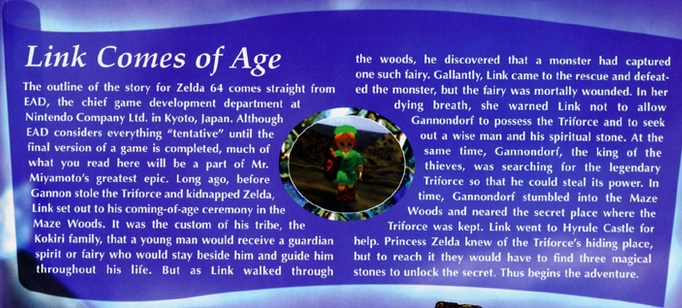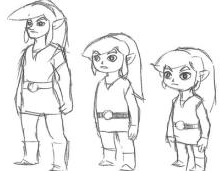The Legend of Zelda: Spirit Tracks is the second Zelda game for the DS, developed by Nintendo EAD and published in december 2009. The game was originally announced at the GDC in March 2009, so in the first screens and video released there are not too many differences, but Kirby64 was able to notice some interesting beta-changes:
These trees were moved and used in the snow realm
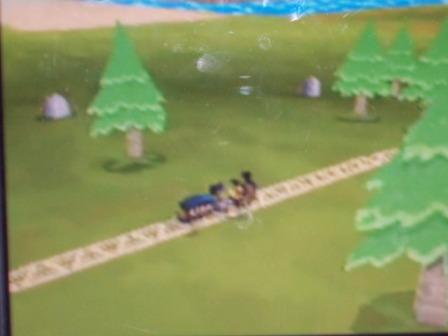
The floor blocks (swirl circle and the square) are changed in the final game
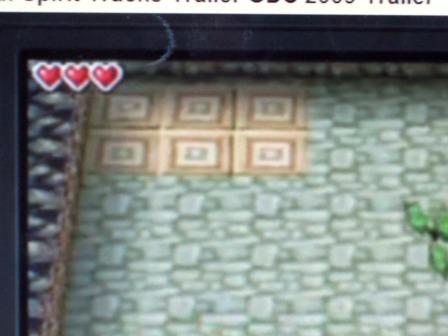
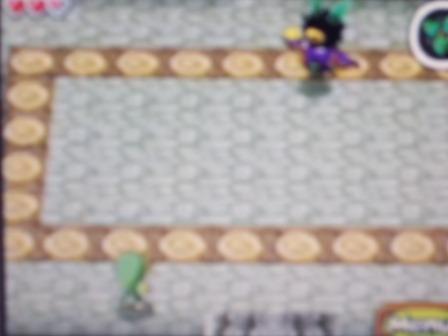
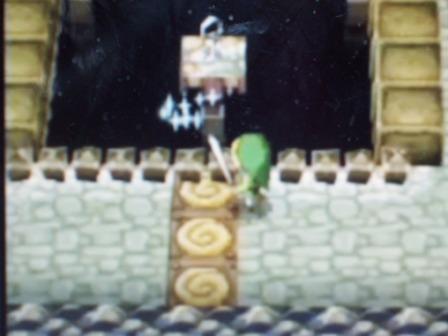
The purple thing (I think it’s a whistle?) was to call over the phantom,but in the final game it was changed to “Call” and the circle was blue not yellow. the phantom icon was changed to a pinkish color and it had pink eyes.The circle swirl on the phantom when it moves the color was green in the beta game but pink in the final game.
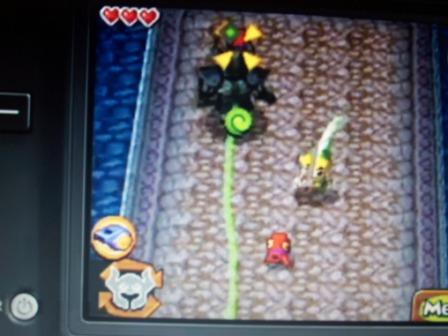
This picture here is going through the forest
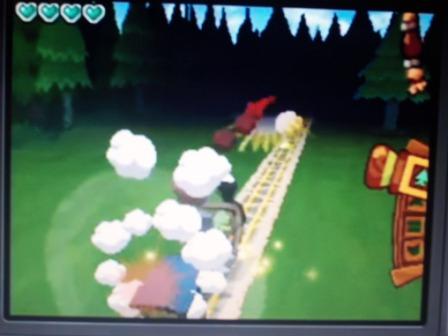
the pole color was changed to a green color
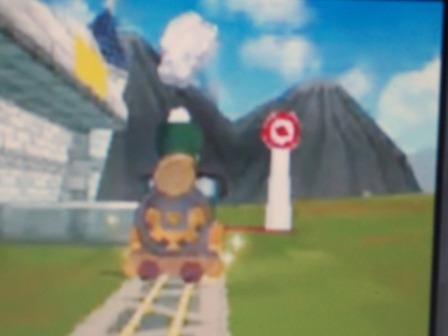
this bullseye was changed to a x in the final game
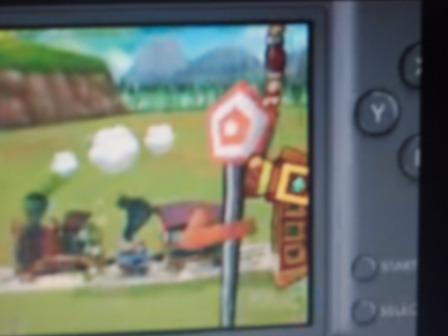
this whip was remove and replace with a snake whip. I was reading a forum that the snake whip came from earthbound (note by Bill: the rope snake is from Mother 3)
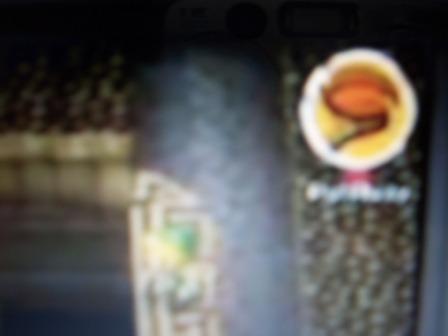
this tunnel was remove from the forest realm and move to the snow realm
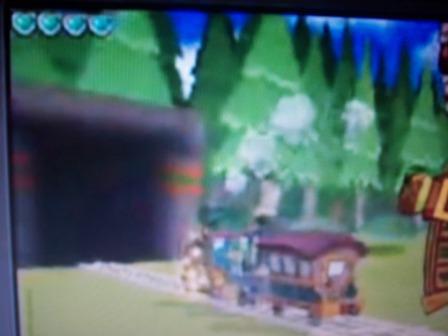
This was the cave going to the snow sanctuary and in the cave you found the monster that the anouki villagers were talking about,in the beta game I think this cave was going to the forest sanctuary and you had to defeat the moster.
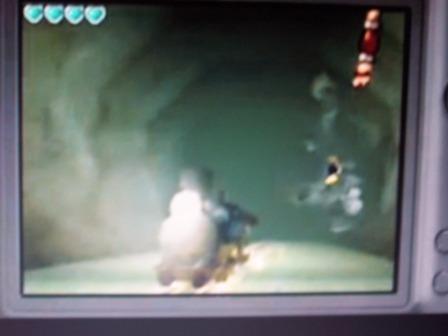
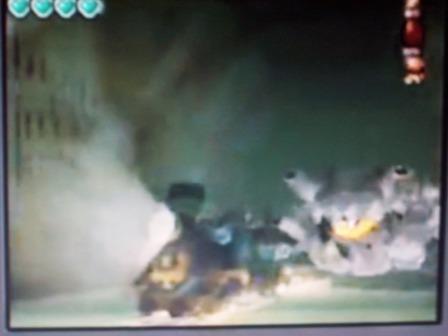
Some more differences were noticed by Bill: in the first video you can see the train tracks on the DS differ from the tracks in the final game, and some land was changed into sea at the bottom left corner of the forest realm. Also, some town locations were switched around judging from the map. There are more few small changes in the trailers as the wooden shields used by those Zora Warriors were made into steel and some guards that are missing in the cut scene where Zelda gives Link his certificate.
Also, Gabrielwoj found some interesting things inside the ROM directory, let’s take an look;:
On the sound files of the ROM, there is an unused track. It’s the overworld of Phantom Hourglass. Maybe, doing the early development of this game, the team just was testing the music with this overworld for the new zelda, Spirit Tracks. The song was never used, and it’s on the ROM file. Maybe this song was to be overworld theme of the spirit tracks (yeah, the train navigation), but they decided to make an another, not just like from Phantom Hourglass
Interesting tough, it’s the boss battle music of Phantom Hourglass, again, the same copy and paste from the Zelda game to the another, I really don’t know why, but the music don’t makes any sense with the game, I mean, most of everything is by Pan Flute
At the Spirit Tracks rom, at the path data/MapObj/, there is a file called “DNGN.narc”, extracting this file, will have an “NSMBD” file, it’s the 3d modeling for DS games, this model is the Temple of the Ocean King of Zelda Phantom Hourglass, it’s the same exactly model and textures, an result of copy an paste (NOTE: DNGN file looks DUNGEON with 4 letters, at Phantom Hourglass rom, it’s called “temple_main.narc”, extracting it will have the same dungeon, MAIN means: The principal temple, if you remember, it’s the first Dungeon you enter in the game and the principal of the Story)
Inside the ROM, there is an Dbgfont, maybe, for Debugging:

First of all, for this image which will come, I have never heard that the Spirit Tracks was on an E3 (It was only announced, but not been played, as I know), as been said at the image, it was on E3 2009, some leftover images (already organized for better look) [Second image may look with E3, at the file name, it was E3x, and the palette don’t looks right]:
E3 Image Screen 1(CLICK for view)
and
E3 Image Screen 2(CLICK for view)
Thanks to Kirby 64, Bill and Gabrielwoj for the contributions!
You can find more info about Zelda: Spirit Tracks in the Zelda Wiki!
Videos:

